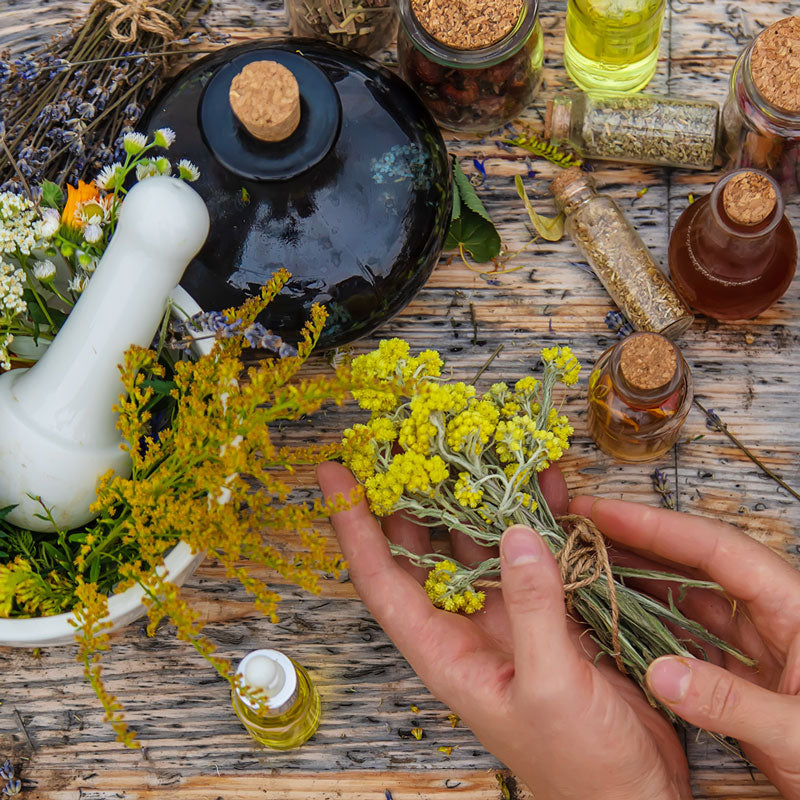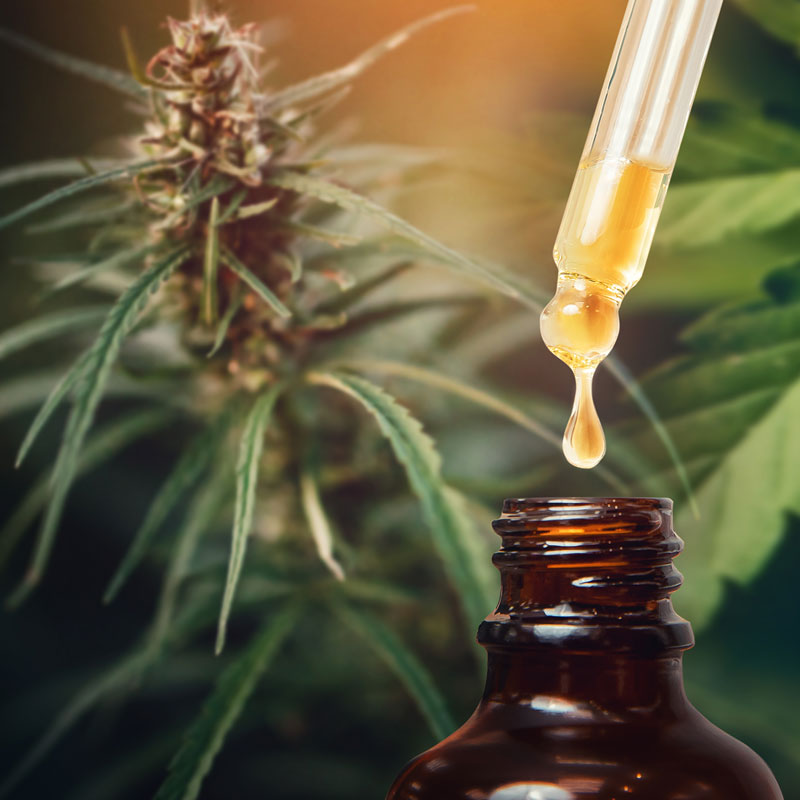Homemade Nettle Tincture and Extract Recipe using Food Grade Ethanol

Nettle, particularly stinging nettle, is a widely used botanical with a distinctive flavor and versatile applications. Making a nettle tincture allows you to extract its natural compounds into a concentrated liquid form. This guide outlines the process of creating a high-quality tincture using 200 Proof Food Grade Ethanol for effective extraction.
What is Nettle?
Nettle (Urtica dioica), commonly known as stinging nettle, is a perennial plant in the Urticaceae family. It is recognized for its fine, hair-like structures that can cause temporary skin irritation upon contact. Nettle has been used in various culinary and botanical preparations, and its leaves and roots contain naturally occurring vitamins, minerals, and plant compounds.
Difference Between Nettle and Stinging Nettle
- Stinging Nettle (Urtica dioica): The most well-known variety, characterized by its fine hairs that may cause a tingling sensation upon contact.
- Other Nettle Species: Some varieties, such as wood nettle (Laportea canadensis), have similar characteristics but may lack the stinging hairs.
- Common Usage: "Nettle" generally refers to stinging nettle, as it is the most widely used species.
Where is Nettle Grown?
Nettle is commonly found in moist woodlands, along riverbanks, and in meadows. It thrives in Oregon, Washington, New York, Pennsylvania, and Minnesota, preferring rich, damp soil with partial to full sunlight.
Sourcing and Selecting Quality Nettle
For the best tincture results, source organic, fresh, or dried nettle leaves and roots from reputable herbal suppliers, farmers’ markets, or cultivated home gardens. Choose dark green leaves with a fresh herbal scent. Avoid plant material that is yellowed, brittle, or lacking fragrance, as these signs indicate diminished quality.
Preparing Nettle for Tincture
- Ensure the leaves and roots are clean and free from debris.
- Wear gloves when handling fresh nettles to avoid skin irritation.
- Gently chop or crush the plant material to improve extraction efficiency.
Best Practices for Storing Your Nettle Tincture
Store the tincture in a dark glass bottle, away from heat and direct sunlight. Properly stored, it can maintain its quality for up to two years.
Final Thoughts on Crafting a Nettle Tincture
Making a nettle tincture at home is a simple way to preserve the natural characteristics of this well-known botanical. Using 200 Proof Food Grade Ethanol ensures a high-quality extraction, free from unwanted additives. Whether used in culinary applications or botanical preparations, nettle tincture is a versatile addition to any home collection.

Disclaimer: This content is for informational and educational purposes only. Consult a professional before using tinctures for any specific application. Individual reactions may vary.









